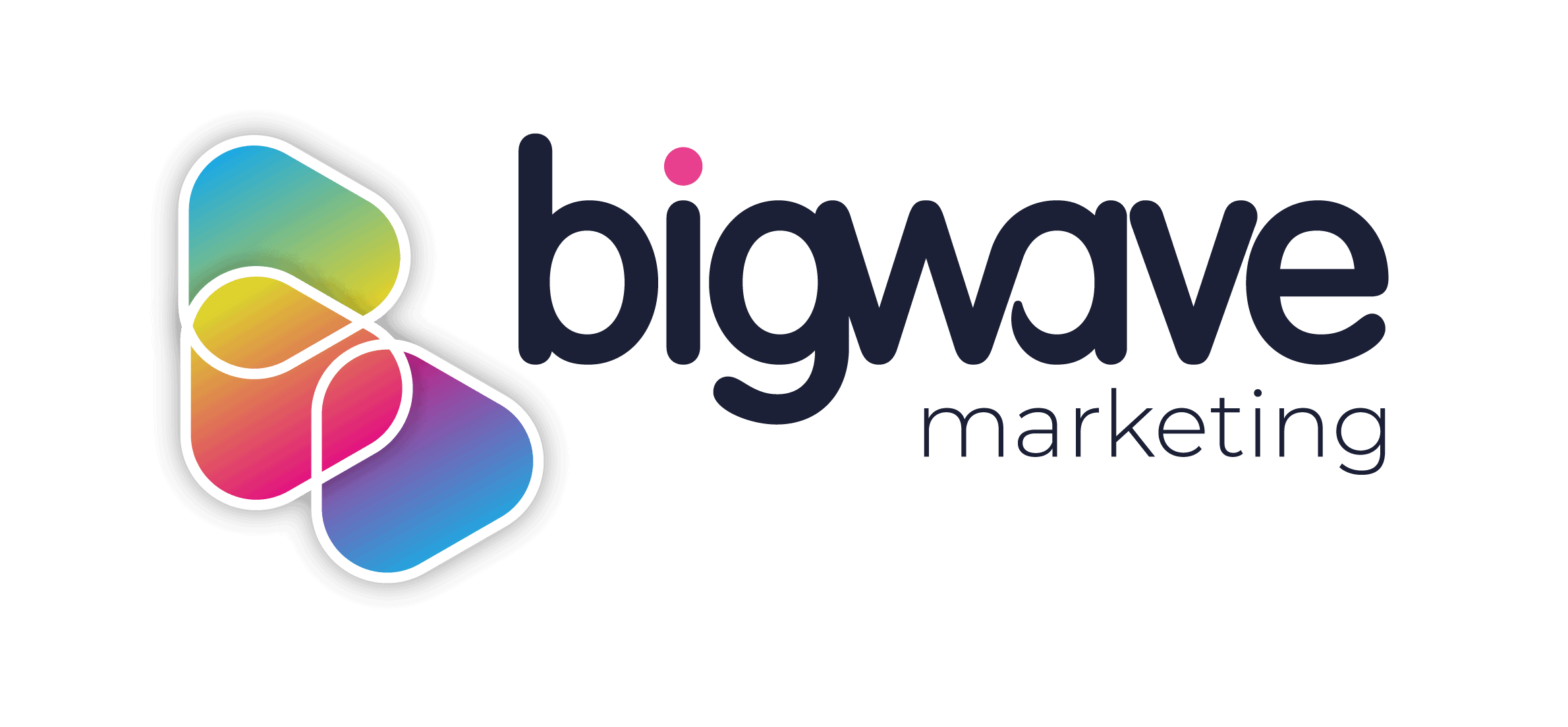What is E-A-T?
E-A-T is short for expertise, authoritativeness, and trustworthiness. Google uses these factors to ascertain how much it can trust your site and it’s content. The more trust you build with E-A-T the more likely Google is to display your site for relevant searches.
Why is E-A-T so important?
Google’s main goal is to provide a great user experience for anyone using its platform. This means displaying correct, clear and concise information that quickly answers search intent. We are at a stage now where people turn to search engines to answer complex or significant questions relating to health, finance and lifestyle, Google needs to be sure that the information it is displaying is from a trusted source.
This means E-A-T is the key indicator when deciding how much to trust and author and their content. In short think of E-A-T as a rating of credibility.
E-A-T and YMYL websites
YMYL stands for Your Money or Your Life, while this may seem a little dramatic due to its link to the stagecoach robberies of old, it has taken on a whole new meaning on the Internet. YMYL sites are defined simply as sites that COULD have a negative impact on people’s overall quality of life, health, happiness, or finances. Due to the increased risks associated with YMYL sites Google will often use E-A-T as a primary ranking factor when deciding which content to display to search engine users.
E-A-T for everything else
Some of you are thinking, perfect I run a fashion blog, this does not apply to me…wrong! E-A-T is being assessed everywhere and just because your site isn’t YMYL doesn’t mean it’s ranking can’t be positively or negatively affected.
E-A-T Mini Assessment
Hopefully, you have a good understanding of what E-A-T means and how it can affect you, so now I would like you to carry out a quick task:
- Open Google in a new tab
- Enter your brand, business or site name followed by –site:yourdomain.com
- For example: bigwavemarketing –site: Bigwave.co.uk
This simple direction will show you all mentions of your brand, business or website not on your own site. This is a wonderful way to get a quick snapshot of what other people are saying about you, and more importantly the messages it is sending to Google
“Keep in mind there are high E-A-T pages and websites of all types, even gossip websites, fashion websites, humor websites, forum and Q&A pages.”
Quote from 2019 Google Quality Rater Guidelines
How is E-A-T established?
To answer this question fully I am going to break it down into three easy to digest steps:
E-A-T for your content
The quickest and simplest indicator of E-A-T is your content. Is your content correct? Have you ever checked to see if there are alternative or even conflicting opinions or views on the topic your content discusses? Have you taken the time to discuss these other views in your content? All these steps will ensure that you are providing the user with the relevant resources and secondly indicate to Google that you have a broad understanding of the topic you are discussing.
Outbound links
The sites you link to can be a defining factor in E-A-T. For example, a blog about homeschooling may link to several other blogs with similar content. Another blog about homeschooling may direct its users to a .gov site detailing all the steps and potential positives and negatives of homeschooling along with the process of transition.
Which of these do you think will benefit from E-A-T? The site linking to the .gov site is providing a much more valuable resource for the user and is highlighting the importance of the decision by referring to a government domain.
Helpful tip:
Google Scholar is a reliable source of authoritative content from universities and educational institutions that can instantly add authority to your content.
Internal Links
Are there parts of the content of your pages that could be elaborated on, or require a more detailed explanation? This is a perfect opportunity to add some internal links to other supporting content that may be relevant to the user. Linking internally to relevant content will show Google an overarching understanding of your niche and add to your authority on the subject.
Good Spelling and Grammar
You would not want a written diagnosis of anything with spelling mistakes and the same goes for your content. If you want to be viewed as an expert in your field, you need to write like an expert. Ensure you always use perfect spelling and grammar, alongside technical terms relating to your subject of choice. This will indicate a higher level of knowledge and in turn, improve your E-A-T.
E-A-T for the author/creator
Your content is perfect, your links are all relevant and helpful, what is next? Well to put it simply, you. Even the best content is limited by its Author and their exposure or lack thereof. Are you a reputable and trusted source for the information you’re providing? Even if your answer is yes, I am a professor, and I have studied this subject for years, you may still need to take some action to ensure Google is aware of this.
About Page
This may sound simple, but it is often overlooked. The easiest way to communicate your credentials is to tell people about them on your own site. Do you have relevant qualifications, have you published anything, do you have any achievements that would build trust with users. Detail all your relevant accomplishments for the world to see (and equally importantly Google!).
External Citations/Links
When you are building E-A-T for your site you are going to need external verification as well. This can come in the form of links, citations, even mentions on relevant sites. Relevancy is key here, please do not acquire links and mentions from anywhere, try to keep it as relevant to your niche as possible.
E-A-T for your website
You have covered content and author, now you need to ensure your platform displays all the right signals to users. It is great to do a bit of role-playing here, so I want you to imagine you’re landing on your site for the first time. What would you look for to indicate you are dealing with a reputable site with valuable content?
SSL Certificate
So simple but so often overlooked. SSL certificates are used to indicate ownership of a site and enable an encrypted connection. While the details may not be of interest to your user the large not secure text to the left of the url will immediately devalue your site.
Your Website Design/ Aesthetic
Someone I once worked with told me a website is no different from a physical service location and I must agree. The look and feel of your website will either build or lose trust, web design can make or break your brand so think about how people feel when they land on your site. Do you actively build trust? Have you got an about page, do you have photos of yourself and your services? Trustworthiness is built in so many ways, but a first impression may be the most essential.
Privacy Policy/ Cookies etc
It is a legal requirement in the UK to provide a privacy policy and a cookie policy with the option to opt-out should the user choose. I’ve included this because despite being set out in law it still gets missed on smaller sites.
Tailoring E-A-T to your website
We’ve covered what E-A-T is, how it affects you and how you can improve it. To finish up I wanted to talk a little bit about priority. If you’ve just started a blog about gardening, I would focus my time on great content rather than building E-A-T. If you’re an established finance consultancy business, it’s essential that you successfully complete all the tasks I’ve listed above and far more such as links to financial institutions, governing bodies, add a physical address etc
Conclusion
E-A-T doesn’t have to be a struggle, for most website owners I’d recommend a methodical approach to make sure you’re E-A-T is an integral part of your site design and content. For those of you who already have large sites, taking the time to work through this list will get you some great results and increase traffic at the same time.

